Global Challenges, Local Struggles: Activist Responses to Waterway Crises
In an age of pervasive and structural damage to local ecosystems from human interventions, how can local communities, activists, scientists, and academics respond? Rivers, canals, and creeks play host to many overlapping environmental crises, climate change phenomena, and development conflicts. These crises and conflicts directly affect local communities and ecosystems in manifold ways, and yet their origins are often global and even planetary in nature.
The River Cities Network (RCN) is a global network of scholars, professionals, and activists founded at IIAS in 2022 with a commitment to regenerating rivers and waterways for the benefit of humans and nonhumans alike. In this edition of The Newsletter, we as RCN coordinators speak to local advocates and activists to understand how they try to resolve the tension between global challenges affecting their waterways and the possibility of local responses. We highlight three cases, on different continents, each of which revolves around a distinct ecological crisis. In the Amazonian region of Brazil, along the Xingu River, local riverine communities have set up a council to fight for their rights, and the rights of the river, after being displaced from their ancestral homes following the construction of a huge dam. Along the Brantas and Surabaya Rivers in East Java, Indonesia, a local NGO, ECOTON, deploys various forms of activism to hold the government to account and to promote citizen science to try and address the heavy pollution in these rivers. And in Alexandria, Egypt, a team of local scholars has embraced the Mahmoudiya Canal, which has been mostly covered and paved over to make way for a major highway. This team is raising awareness about the devastating long-term environmental, urban, and cultural consequences of losing this historic canal, and in so doing, attempting to prevent other water bodies in the Nile delta from suffering the same fate.
All three cases convey a deep sense of loss from ill-advised anthropogenic actions. This loss is material as well as spiritual. The damming, pollution, and paving over of rivers radically alters local ecosystems and reduces biodiversity. Human communities lose their connection to the waterways and the natural resources that riverine ecosystems provide them. They also lose their way of life and their knowledge systems, which for many communities are deeply tied to the water and its surrounding environment.
This experience points to a fundamental premise of the RCN, which is that rivers and other waterways are mirrors of their societies. Damage to local ecosystems and damage to local communities are deeply connected. Therefore, RCN holds that there can be no sustainable environmental protection and strengthening of biodiversity in the absence of healthy and secure communities. Environmental and social justice, however defined, are interconnected.
Despite the dramatic sense of loss, there is also hope. The following three stories show us that concerned citizens, residents, and local activists are pushing back and trying to shape policies affecting the lives of their rivers and communities. Will it be enough? Time will tell, but in any case, networks such as RCN exist to help local teams learn from and support each other.
Advocacy by a Riverine Council (Parà, Brazil)
This piece is narrated by Joana Gomes (member of the riverine council representing the Palhal region) and co-authored by Leticia Tzerciak, Geysiane Costa e Silva, and Satya Maia Patchineelam (principal investigators of the Xingu River team of RCN).
The Xingu River in the state of Parà, in the Brazilian Amazon region, is home to many riverine communities, offering us a livelihood based on collective support and a subsistence system, where sharing and exchanging home-grown vegetables, fish, and small animals is common. Our communities descend from both indigenous and non-indigenous peoples who live along the riverbanks, away from urban centers. While we hold traditions and beliefs similar to indigenous groups, our land rights differ.
The riverine community in the Amazonian city of Altamira has historically maintained a dual connection to urban life. Many families once had two homes: one on the riverbanks and another along the streams in the city, to facilitate access to public services such as schools and healthcare. However, the construction of the Belo Monte Hydropower Dam forcibly displaced numerous riverine families from their ancestral lands. Many of us were resettled on the outskirts of Altamira, disrupting our livelihoods and severing our deep connection to the river. This displacement diminished our sense of belonging and fueled civic resistance against decisions imposed by dam authorities and the government.
Following displacement, riverine people organized alongside government agencies and NGOs to establish a council to push for our voices to be heard and our rights protected. This council successfully advocated for our right to return to the reservoir banks. It was believed that returning to the river would enable the riverine community to apply our traditional knowledge more effectively. Before the dam, the surrounding forest teemed with terrestrial animals, and the river was alive with fish. Riverine families used their ancestral knowledge to cultivate crops and medicinal plants. However, with the dam, the environment has changed drastically. Government-imposed restrictions limit riverine communities’ traditional practices, fish populations have declined, and the water is now undrinkable. Fishing, once our primary source of income and protein, is no longer viable. Many families struggle financially and cannot afford the high costs of food and clean water.
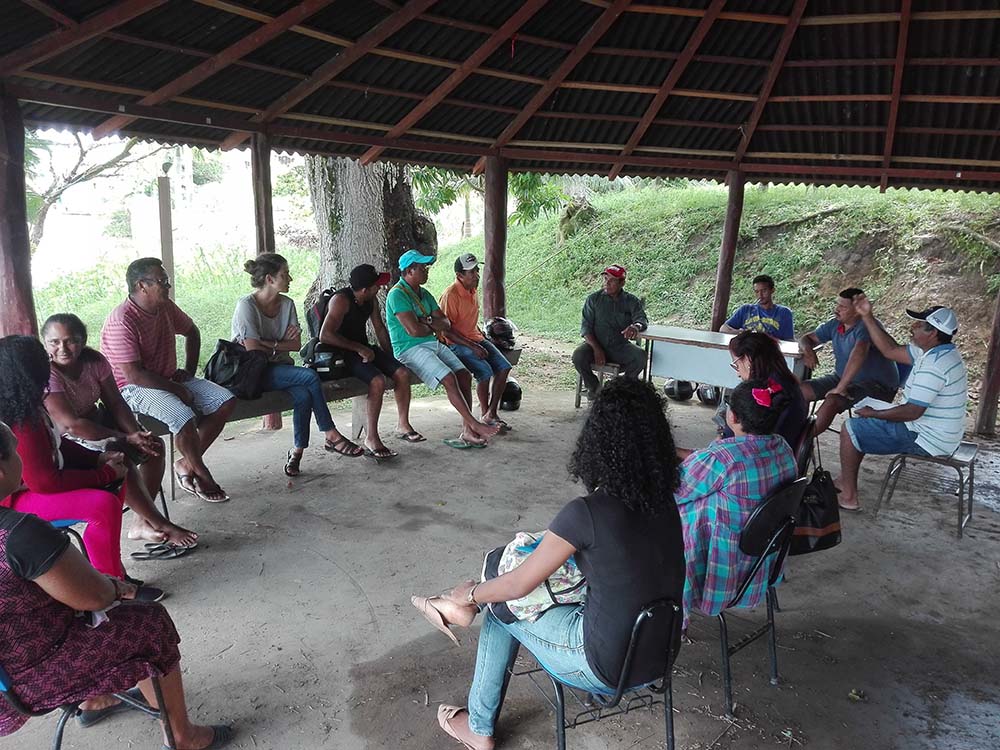
Fig. 2: Meeting of the Riverine Council. (Photo by S. Patchineelam, 2020)
Despite these challenges, riverine families continue to apply their traditional knowledge within the constraints of the Riverine Territory. Of the over 300 displaced families, fewer than half have received land to which to return. The company responsible for the dam and resettlement has not prioritized our well-being and our traditional livelihoods, which is an intangible heritage protected by the Brazilian constitution. The riverine council representatives suspect that the company creates internal conflicts to discourage families from asserting their rights. External projects presented to the council often lack effectiveness, failing to create meaningful change.
The riverine council believes that RCN can play a crucial role in supporting riverine communities by helping to amplify our voices, advocating for our rights, and facilitating sustainable solutions. By fostering stakeholder engagement, RCN can help connect riverine councils with NGOs, government agencies, and academic institutions to strengthen advocacy efforts. Additionally, RCN can support capacity-building initiatives by offering training on socio-environmental rights, land management, and sustainable economic alternatives such as agroforestry.
Addressing structural challenges requires community engagement, political advocacy, research, and sustainable economic initiatives. Strengthening community leadership and social participation is essential. Training riverine communities on socio-environmental rights, territorial management, and public policy access empowers them to participate in decision-making.
Advocacy and political engagement are crucial for change. Networks between communities, NGOs, and academic institutions generate collective pressure for fairer, more sustainable policies – such as the riverine council’s success in securing a mitigation program for returning to the riverside. The council and its partners have mapped socio-environmental impacts, essential for understanding changes in river ecosystems. Data on environmental shifts and their effects on livelihoods inform better decision-making and policy development, reinforcing the community’s connection to the river and its role in maintaining a healthy forest.
The riverine council is promoting new sustainable economic initiatives to enhance resilience, including agroforestry and adapted fisheries. Integrating traditional knowledge with scientific research ensures solutions align with riverine communities’ needs and expertise. By fostering collaboration, advocating for policy changes, and supporting sustainable economic alternatives, civil society and networks like RCN can help protect riverine communities and our way of life.
Activism and Citizen Science in East Java (Indonesia)
This piece is narrated by Prigi Arisandi (Founder and Director for Science, Art and Communication at ECOTON)
The Brantas River in East Java, upstream of the city of Surabaya, is in a severely polluted state, as indicated by the high rate of extinction of freshwater fish. In 1991, 61 freshwater fish species were identified, but now only around 41 species remain. This extinction is caused by uncontrolled pollution from industrial waste and the massive conversion of riverbank conservation areas into residential zones. A similar fate befalls the Surabaya River, a tributary of the Brantas River, where since the 1990s the recycled paper industry has been dumping untreated waste and poisoning the raw water source for Surabaya's drinking water supply. Approximately 98% of the raw water for Surabaya’s municipal water company (PDAM) comes from the Surabaya River. The waste dumping is an example of a clear injustice perpetuated by the industries and protected by the government. The government, which should be responsible for preserving the environment and ensuring river water quality, has instead tended to allow destructive practices to continue unchecked. Pollution of the Brantas River has resulted in 25% of fish in the downstream area experiencing intersex conditions due to pollution by Endocrine Disruption Chemicals (EDCs). Indicators of pollution are also evident from mass fish deaths in the Brantas River during the dry season (May to October). During this period, pollution in the Brantas River typically increases due to reduced water discharge combined with the influx of liquid waste from sugar factories, which operate in May.
The main challenge along both the Brantas and Surabaya Rivers lies in the lack of firm authority to enforce legal action against polluters. Weak law enforcement enables industries to discharge untreated waste into the river. Moreover, the rivers are not considered a government priority, and public involvement in managing and controlling pollution remains minimal.
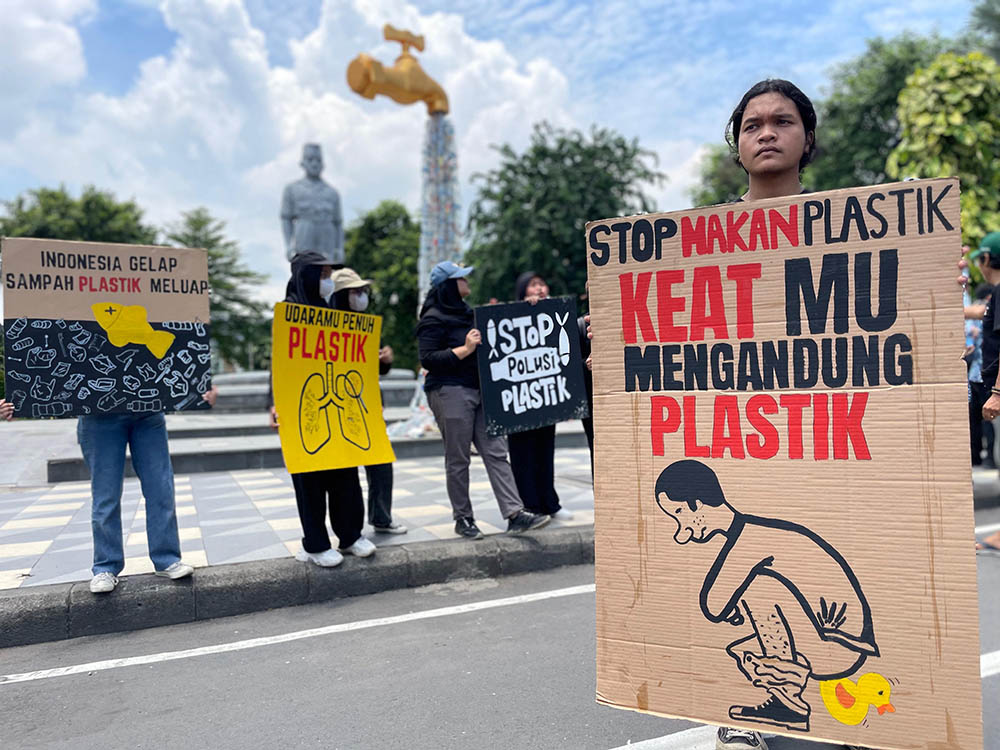
Fig. 3: “Stop Eating Plastic!” Activism by ECOTON. (Photo courtesy of ECOTON, 2025)
ECOTON was founded in 1996 as a wetland conservation studies group at the Airlangga University Biology Program. We were incorporated as an NGO in 2000 and in 2017 we also became a legally registered Foundation. Our mission is to preserve the sustainability of rivers across Indonesia. ECOTON engages in environmental advocacy through a combination of litigation (filing lawsuits in court against the Government), river ecosystem conservation measures, and community-based efforts, including strengthening community and youth capacity by forming grassroots organizations among affected communities using citizen science approaches.
In an example of our litigation efforts, ECOTON recently won a lawsuit in the Supreme Court, which was filed to protest the negligence of the Minister of Public Works, the Minister of Environment, and the Governor of East Java in their failure to control pollution, which has led to frequent mass fish deaths in the Brantas River.
An example of our river ecosystem conservation measures are the fish sanctuaries, which were legally established through a regulation by the Governor of East Java in 2013. This effort has helped to increase freshwater fish biodiversity in the Brantas River, a source of drinking water for five million people in East Java.
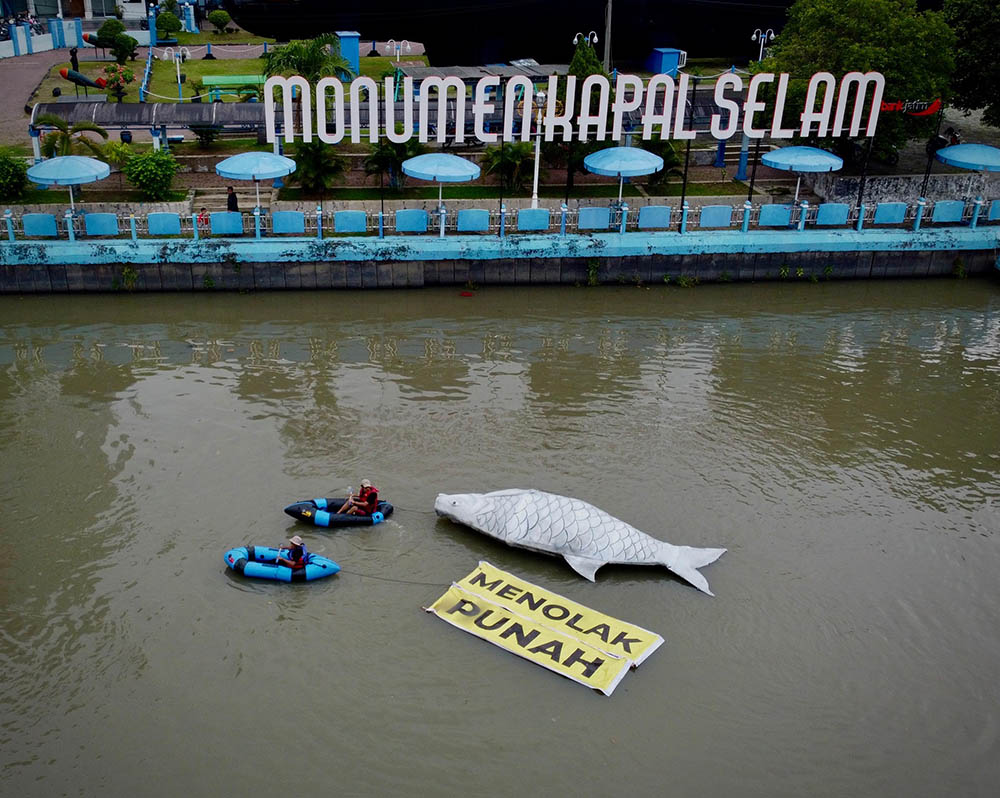
Fig. 4: “Refuse to be Extinct!” Activism by ECOTON. (Photo courtesy of ECOTON, 2025)
Our community-based activities use citizen science as a tool to involve communities in protecting and monitoring rivers and the environment. We focus on empowering women, children, and youth, as these groups are the most vulnerable to environmental pollution. We also help to establish communities (formal or informal) to serve as spaces or platforms for capacity building and collective action. One of the initiatives for empowerment is the Aksi Brantas (“Brantas Action”) program. The first step is to build trust and confidence among women and youth through citizen science, where we conduct collaborative research to uncover facts about ongoing environmental damage. We conduct participatory monitoring of river water quality using macroinvertebrates as bioindicators.The use of these bioindicators is easy, inexpensive, scalable, and serves as a tool for river pollution mitigation. In 2015, 1000 students along 300 km of the Brantas River were involved in conducting joint biomonitoring. The second step is to encourage communities to speak up and advocate for their rights to a healthy environment. Another initiative is the internship program for "scientist activists,” where we involve university students to conduct participatory research with communities along the Brantas River. Students are guided to publish their research findings in journals and in online media as part of shaping public opinion and building awareness.
Finally, we also believe in the importance of campaigns to raise public awareness and mobilize citizens. In 2022-2023 ECOTON conducted the Indonesian River Expedition, which involved traveling by motorcycle for 12 months and forming over 25 river communities across the country. This initiative is currently advocating for the establishment of microplastic quality standards for rivers and industrial paper recycling wastewater. Its main approach is to publicize the threat of microplastics to ecosystems and human health through art, such as documentaries and art installations. The Indonesian River Expedition activity is one of the ways ECOTON disseminates its achievements and increases stakeholder participation in maintaining the Brantas River.
Other campaigns use art-science as a tool to raise public awareness about environmental issues. This includes the “plastic bottle tunnel,” which is an installation of 12 meters long and two meters high consisting of over 4444 plastic bottles collected from the Brantas River. This installation highlights the low waste management services (serving less than 50% of the population) that lead people to dispose of trash in rivers.
Public Education in the Nile Delta (Alexandria, Egypt)
This piece is narrated by Mohamed Gohar and Nancy Abd El-Moneim (principal investigators of the Mahmoudiya Canal team of RCN)
The river Nile is Egypt’s source of life and civilization. It flows from its origin in Lake Victoria before it creates the Nile Delta in Northern Egypt. Historically, the river ended in several branches, delivering the water to the Mediterranean Sea. The Canopic branch was a trunk channel providing Alexandria with drinking water. It remained active during the city’s ancient history, passing through the Greek, Roman, and probably early Arab times. The Canopic branch gradually lost its connection to the Nile due to climate change and insufficient maintenance, eventually silting up by the end of the first millennium CE, which led to the decline of the once-dominant port on the Mediterranean. By the 1820s, the viceroy of Egypt, Muhammad Ali, commissioned a French engineer to dig a wide, manmade channel/canal extending from the existing Rosetta branch of the Nile Delta. The purpose of this almost 74-kilometer canal was to supply Alexandria with fresh water and to restore it as Egypt's main Mediterranean port by linking it to the Nile and the trade routes from Upper Egypt. The canal that was named Mahmoudiya after the Ottoman sultan at that time, who was credited with culturally, industrially, and economically reviving Alexandria. The waterway also contributed to the deposition of sediments near the port coastline, helping overcome coastal erosion in the port area.
In addition, the canal helped to extend the agricultural lands and introduce new kinds of trees that created a new biological system on the banks of the waterways. By the 1950s, the canal started to lose significance due to the region's political and economic instability. In the last five decades, the canal has undergone multiple and severe ecological degradations. Over time, the in-city part of the canal became dilapidated and polluted, turning into a site for local waste disposal.
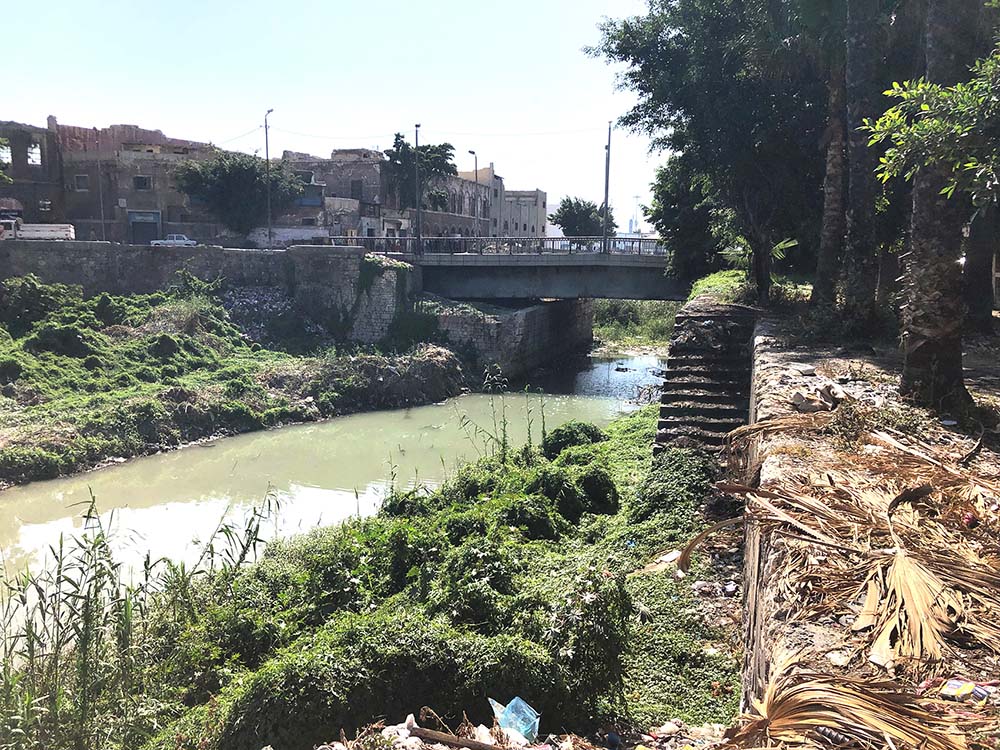
Fig. 5: Uncovered final stretch of the Mahmoudiya Canal. (Photo by M. Gohar, 2023)
In 2018, the canal underwent a three-year landfilling project led by the state's governmental bodies. The project was referred to as the “Mahmoudiya Axis” and has resulted in transforming 21 kilometers of the canal inside Alexandria into a highway. This highway has six to eight lanes in each direction and ends about four kilometers before the seaport, leaving an isolated stretch of water in an industrial heritage complex. The landfilling of the canal has directly disconnected Alexandria from the river Nile, stopping sediment replenishment to the coastal port area.
The historic Mahmoudiya Canal in Alexandria has been transformed into a highway corridor, leading to significant environmental, social, and economic impacts. The canal has lost water biodiversity, trees, and biological habitats, and has caused coastal erosion and heat islands. The disconnection between the canal's two banks has also resulted in a sociocultural transformation, affecting both tangible and intangible cultural heritage. The transformation has also led to increased air pollution, reduced green spaces, and disruptions in sediment transport, exacerbating coastal erosion. The transformation has also led to physical and social fragmentation, diminishing public engagement opportunities, and fewer recreational spaces.
Throughout the construction process, several academic members, historians, and activists in Alexandria began discussing the increasing impact of the transformation in the form of social media engagement and some academic papers. Recognizing the urgency of addressing these challenges, our RCN team was formed in 2022 and is dedicated to conducting a comprehensive study that examines the broader societal ramifications of this transformation. Through interdisciplinary research and stakeholder engagement, we aim to analyze the Mahmoudiya Canal's impact on urban resilience, economic viability, and the perception of cultural heritage in Alexandria. The canal covering was a top-down decision that has significantly impacted both the natural and built environment. The team's main concern is to build a relevant and updated understanding of the current situation through intensive field surveys/analyses that involve residents and users. In our case, activism cannot restore the canal: the situation is irreversible. However, our work acts as an informal educational tool in spreading knowledge about the long-term environmental, urban, and cultural consequences of losing the water body and cutting the connection with the river. In addition, this work would enhance the sustainable regeneration strategies that balance urban development with ecological restoration, ensuring that future interventions support a more inclusive and livable city.
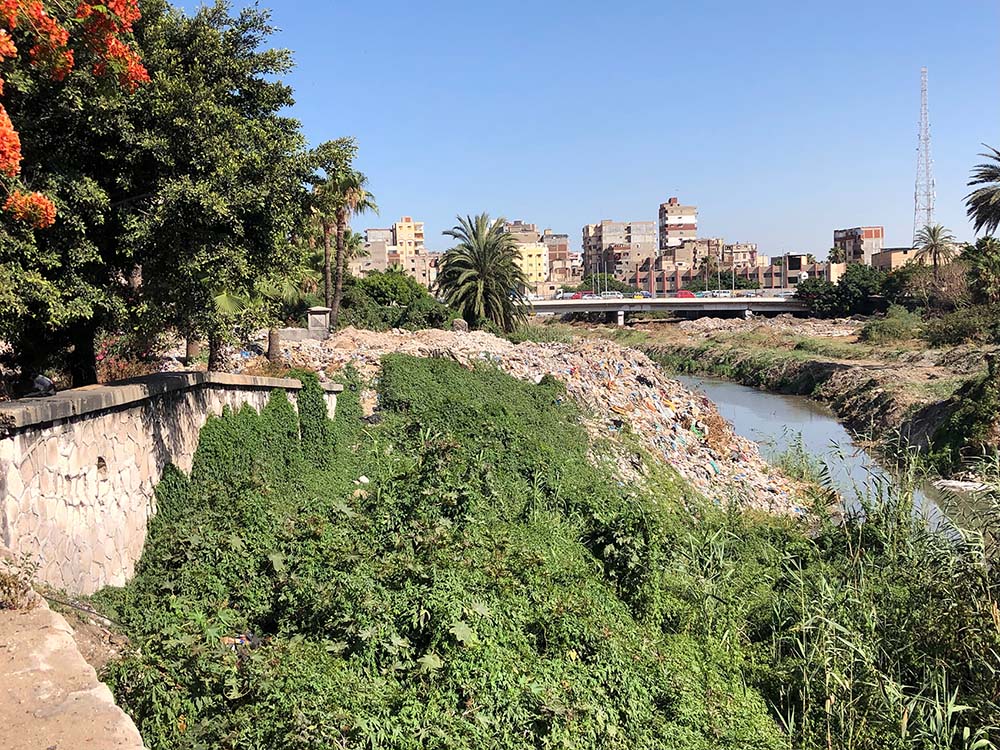
Fig. 6: Garbage dump on the Mahmoudiya Canal. (Photo by M. Gohar, 2023)
Throughout the past two years, the community-centered approach enabled us to widen our understanding of the needs of selected qualitative groups and users of the case study. By identifying and communicating with local figures we were able to build a bridge between academic research and the local community. That has enriched our first-hand on ground knowledge; additionally, it fostered a rising sense of ownership among some individuals.
The RCN has been playing a pivotal role in facilitating the exchange of knowledge and experience between the network’s members. Being exposed to diverse case studies with different approaches is an essential learning tool for our team. We are looking for more cooperation with multidisciplinary teams working on other case studies to enhance our resilience capacity in dealing with the complexity of our case studies. Additionally, organizing a future workshop in Alexandria and working on the Mahmoudiya Canal with international experts would bring new approaches and ideas that would expand our knowledge.